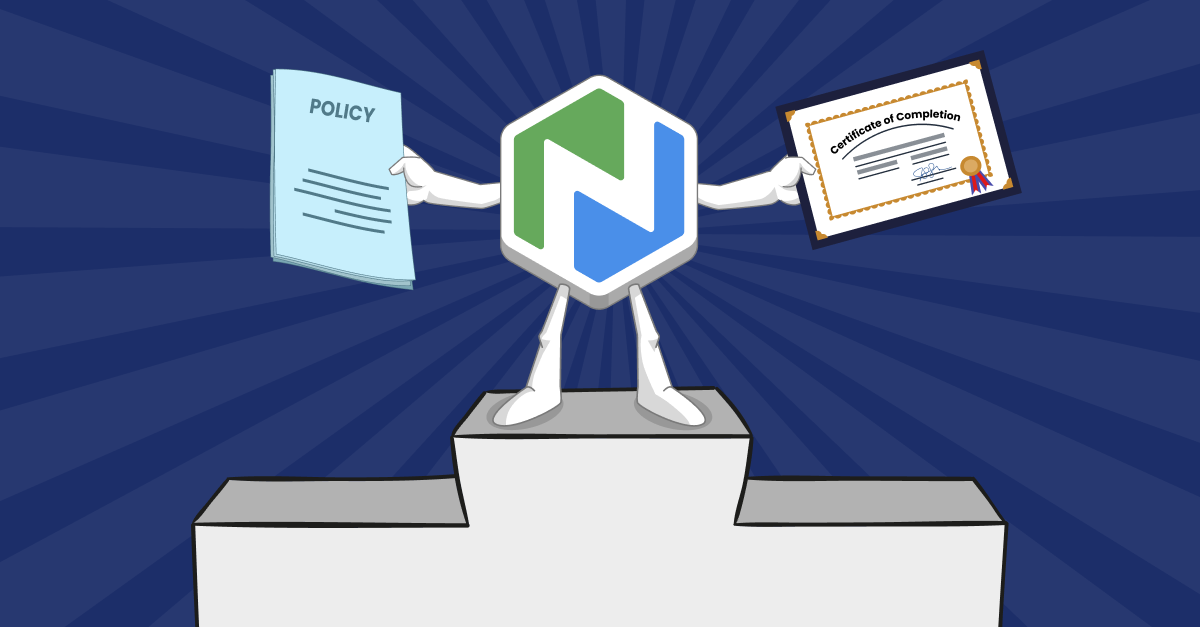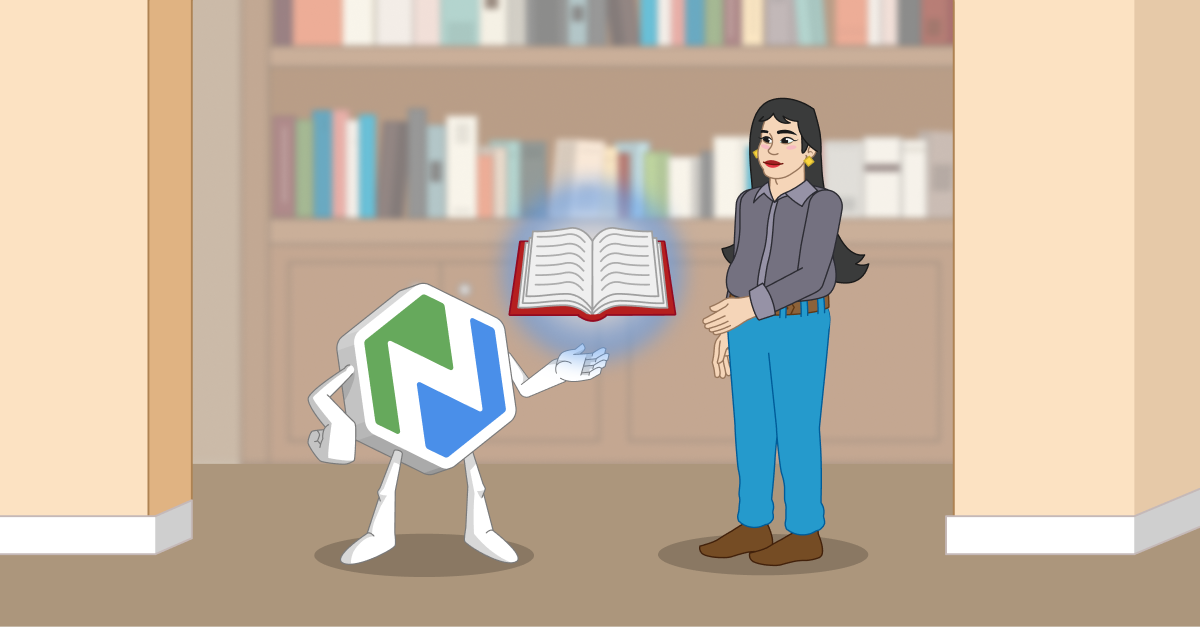4 Reasons Students Don't Use eResources
Lots of eResources, little use? Learn why students don’t use them—and what you can do about it.

If the bulk of your library’s collection budget goes toward eResources, but you notice they’re not getting used, you’re not alone. Some classes may require students to use eResources, but others may not. So some of the most helpful research tools often remain completely untapped.
You know the value of your collections, but if students don’t, your library’s expensive set of databases, eBooks, and other resources won’t show much return on investment.
If you’re struggling to figure out how to get students to use eResources more often—and more effectively, read on.
Making eResources More Visible (And Inviting)
Students don’t know eResources exist. eResources, unlike physical books, are relatively invisible in campus libraries. If no one introduced students to eResources in high school, the lack of visibility and experience means students just don’t know they exist. And if students don’t know about them, they can’t use them.
You can bridge this gap by introducing eResources in information literacy instruction or curating them in research guides (just be sure to explain what they are!). My library used to run slide shows highlighting eResources on our public TVs and computers. Whatever you do, be intentional—students won’t know what an eResource is (or does) unless you tell them!
Students can’t find eResources. I’ve mentioned problems with finding eResources before, but it’s worth saying again. If students can’t find materials, it's like the library doesn’t have them. Sometimes the difference between a student finding a resource or getting lost comes down to communication. Watch out for jargon and inconsistencies when you talk about eResources. If their instructor tells them to search Databases, but the link on the library website uses a different term, students may be unable to connect the two. Work with students, colleagues, and instructors to standardize language as much as possible. And make sure that—whatever words you’re using—students can access what they need in as few clicks as possible.
Students don’t know how to use eResources. Searching in a database isn’t the same as searching on Google. Keyword specifications, options for refining results, clunky interfaces, and advanced features make eResource more complex (even if we try to convince students otherwise). I confess that teaching eResources wasn’t my favorite thing to do, but it was important. Students were often amazed at the power of databases and relieved when they found helpful sources. On the other hand, students were frustrated when they didn’t find what they needed—which is all the more reason to help them learn how to use resources effectively. Students are more likely to use eResources when they find them helpful, not frustrating.
Students don’t remember how to use them. No matter how much students pay attention in the classroom, it can be hard to remember database details when they sit down to research independently. This is where eResource tutorials can be your best friend. Quality tutorials reinforce what you taught and provide just-in-time support for late-night research and writing sessions. They’ll supplement in-class learning and may even help students develop confidence in their research skills by supporting self-directed learning when they need it most. Make tutorials easy to find and remind students that there’s 24-hour help at their fingertips.
Increasing eResource Usage
Ready to make the most of your eResources? We’ve got you covered. At Niche Academy, we’ve helped libraries dramatically increase their eResource usage. It’s not uncommon for libraries to see an increase of 70% or more within the first year of using tutorials.
Our suite of over 100 academic eResource tutorials is professionally developed so you can have confidence students are getting the best instruction possible. We design our tutorials with the learner in mind, so they’re short, simple, and focused.
The best part? You can integrate them seamlessly into the library website so students don’t get frustrated or distracted visiting a database website or watching a YouTube video.
Oh yeah, the other best part? We keep them updated, so you don’t have to! When an interface or feature changes, we revise the tutorial so students are getting instruction on the most current version. You don’t have to do a thing.
If you’re interested in learning more about how our tutorials can support your teaching, contact us to request a demo. We’ll show you how to help students make the most of your eResources! 
.png)
.png)
.png)

.png)
.png)
.png)

.png)
.png)

.png)